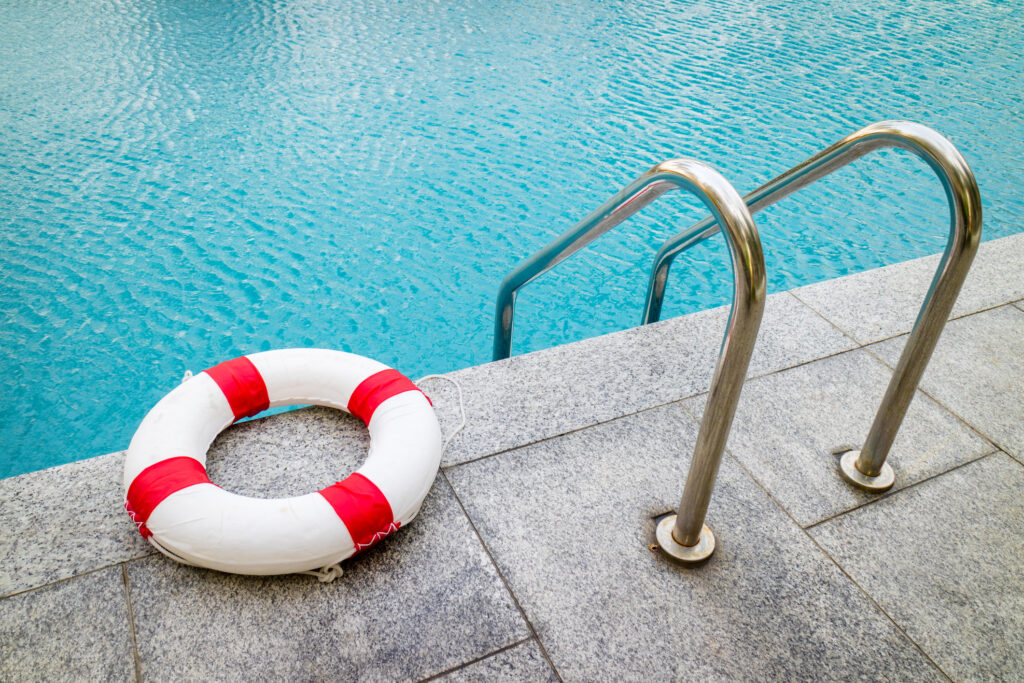If you are a parent, you might feel a stab of fear when thinking about the dangers posed when your child is around water. No one wants to be afraid to take their child swimming, which is why it is better to be prepared than to be scared. Jamie L. Kondis, MD, Washington University pediatric emergency medicine specialist, provides information that could play a big part in preventing pediatric drowning.
What is drowning and who is most at-risk?
“Drowning occurs when the mouth and nose are under water (or other liquid), preventing breathing. It is the single leading cause of injury-related death in children ages 1-4 years and kills nearly 1,000 children each year,” Dr. Kondis says. Although unsupervised swimming can be dangerous for toddlers, teenagers are also at risk. “The second age group at highest risk for drowning or near-drowning is teenagers ages 13-19. This age group often overestimates their swimming ability, especially in large bodies of water, and also will mix alcohol with swimming, which can lead to drowning.”
What about “dry drowning” and “secondary drowning”?
Dry drowning and secondary drowning are not official medical terms; however, they describe near-drowning events. With dry drowning, water is inhaled, but never actually reaches the lungs. Instead, it causes spasms of the vocal cords and difficulty breathing. With secondary drowning, a small amount of water does reach the lungs, but the effects such as inflammation, shortness of breath and chest pain may be delayed up to 24 hours.
What should someone do if a child or other person experiences such an event?
Dr. Kondis emphasizes that drowning and near-drowning events are emergencies: “If a child or other person experiences any symptoms afterward, such as vomiting, coughing, fast breathing or fatigue, they should seek medical attention as soon as possible and be evaluated in an emergency department. The type of care they will receive will depend on if they have any lung damage or any other issues.”
How can pediatric drowning be prevented?
“We can prevent drowning by keeping children safe around water. Very young children should be supervised around any type of water, such as bathtubs, buckets of water or toilets, and pools should have a locked fence. Drowning can be prevented by a combination of barriers to water, adult supervision, swim lessons, life jackets and CPR training.”
Use this fun activity sheet from St. Louis Children’s Hospital to talk with your kids about water safety.
Dr. Kondis works in the emergency room at St. Louis Children’s Hospital. If you are looking for a Washington University specialist, please visit our website.
